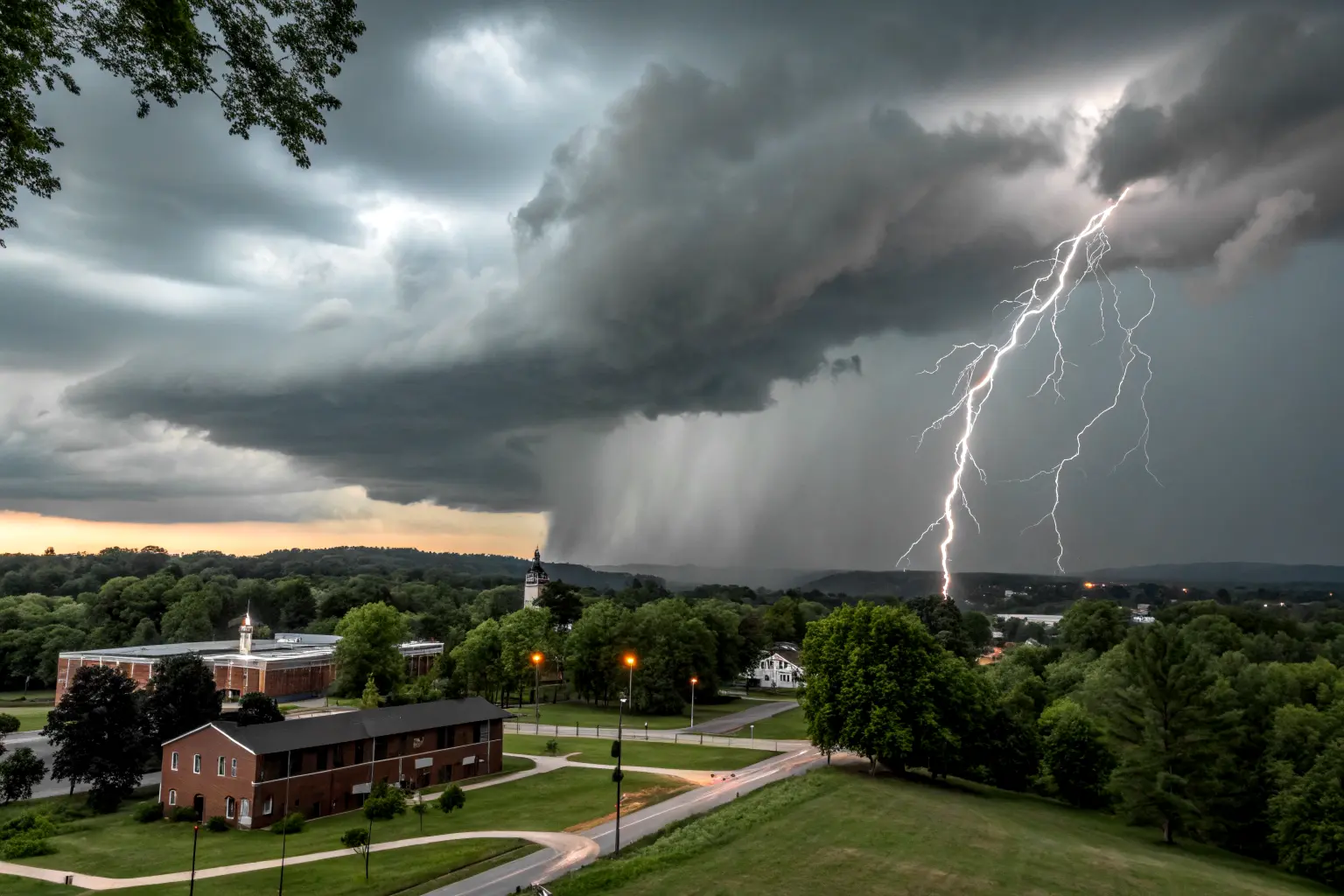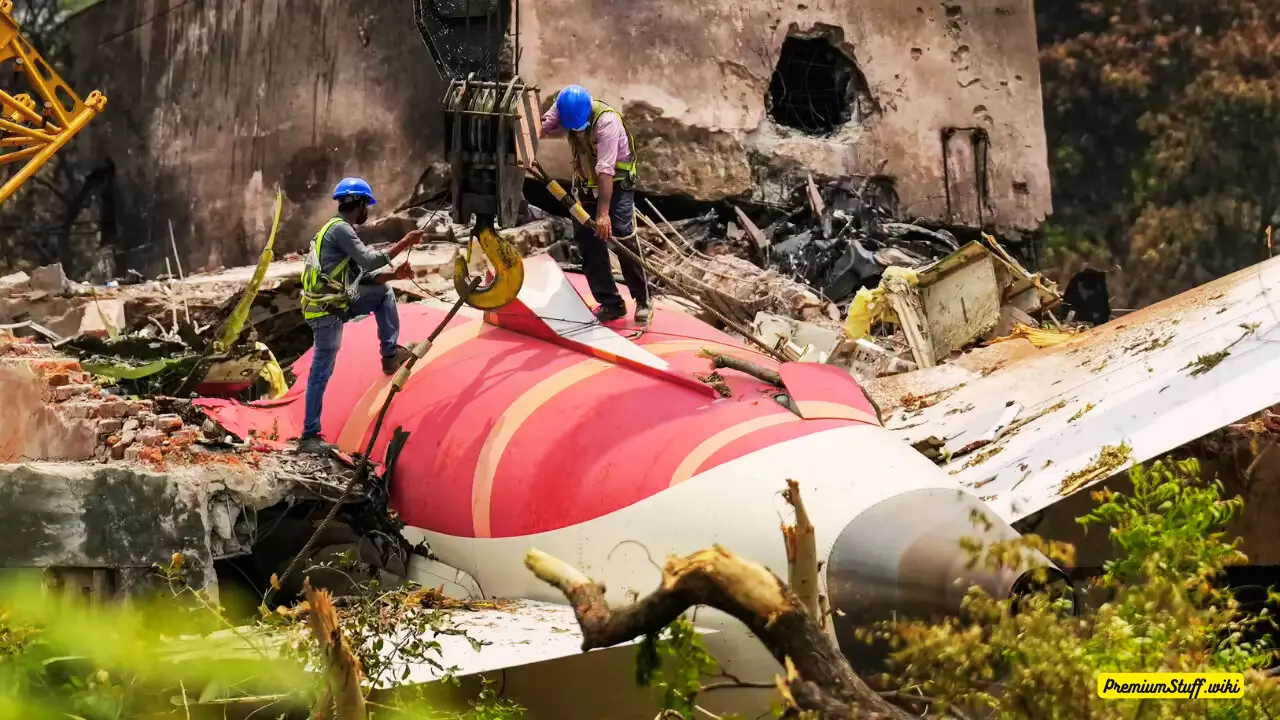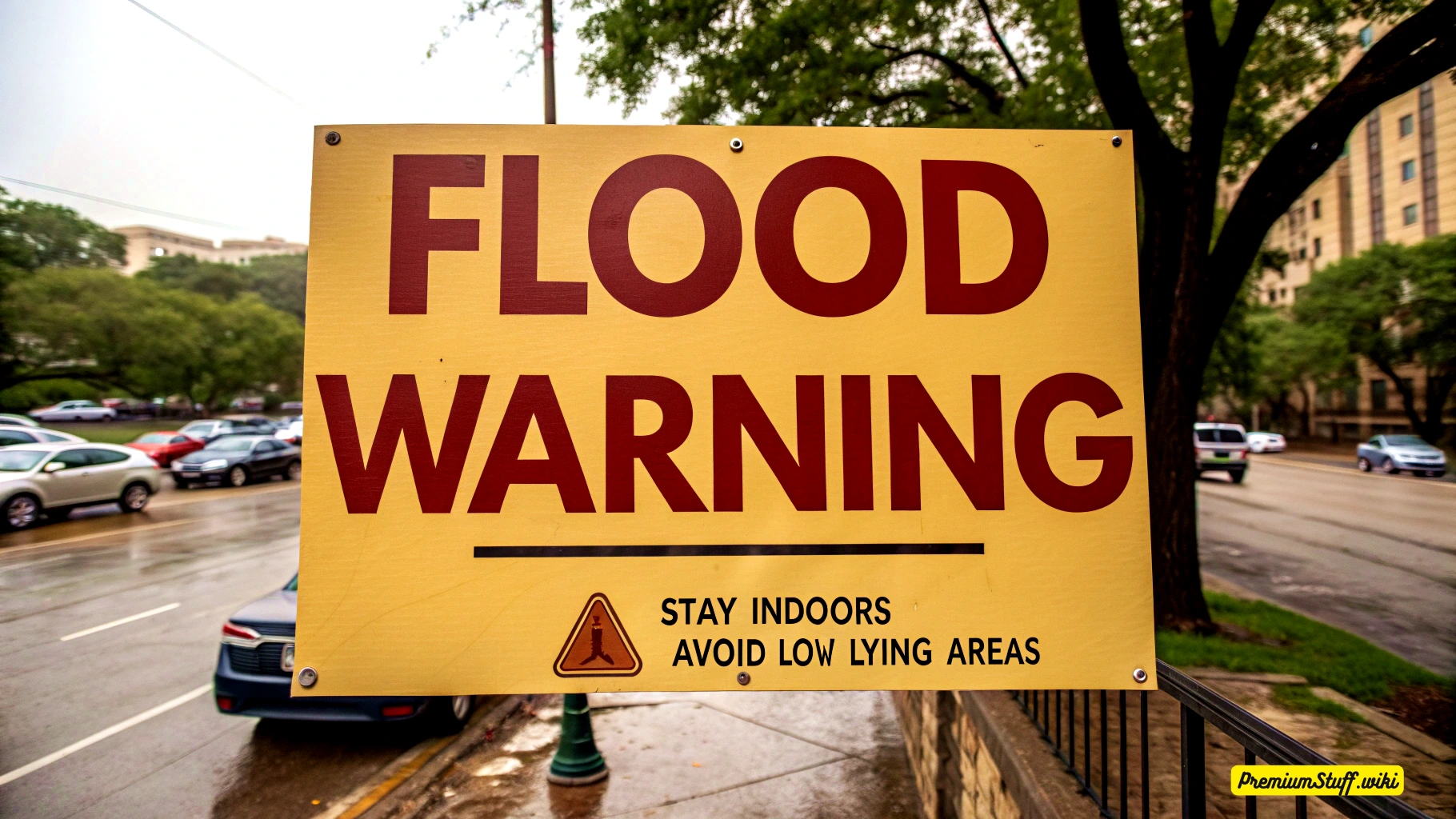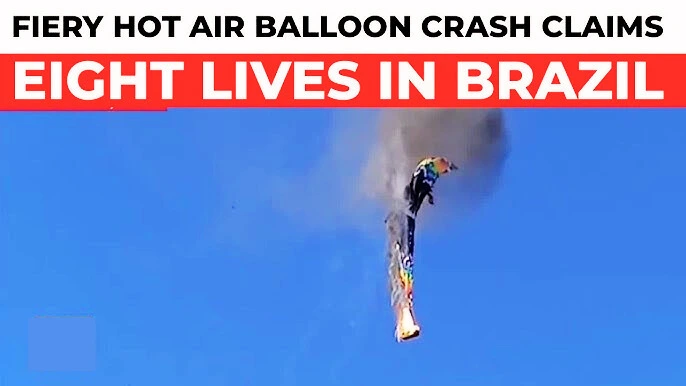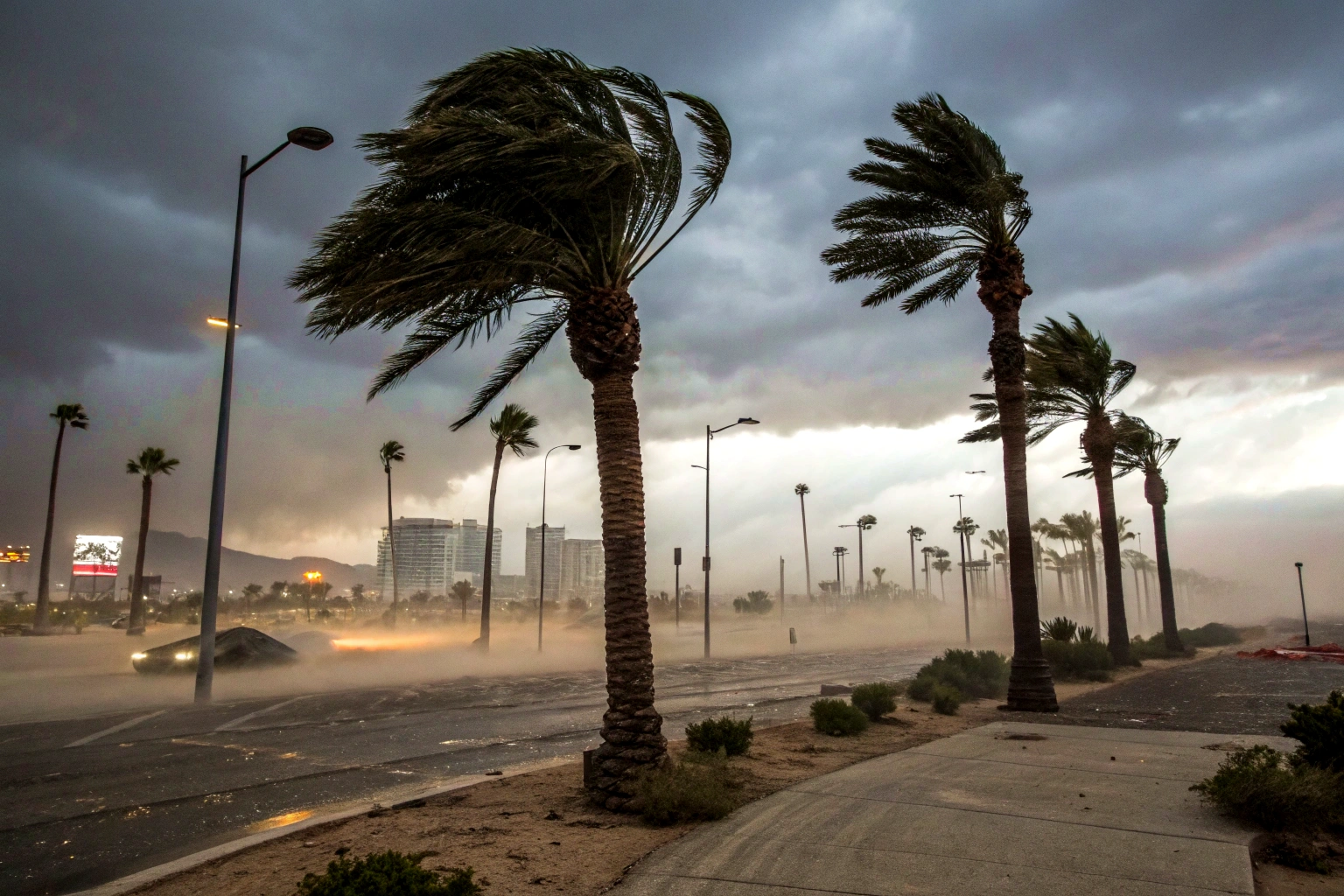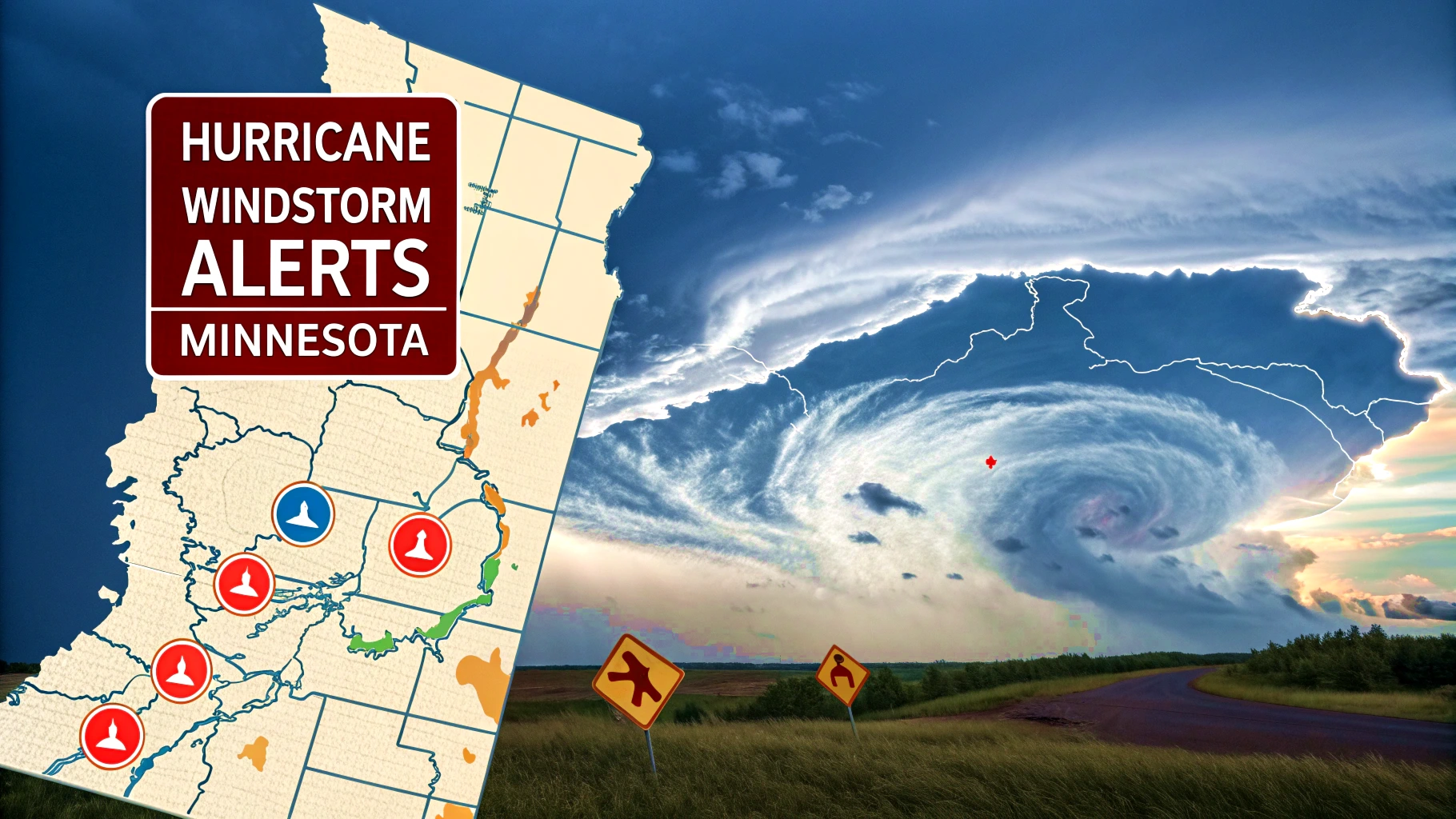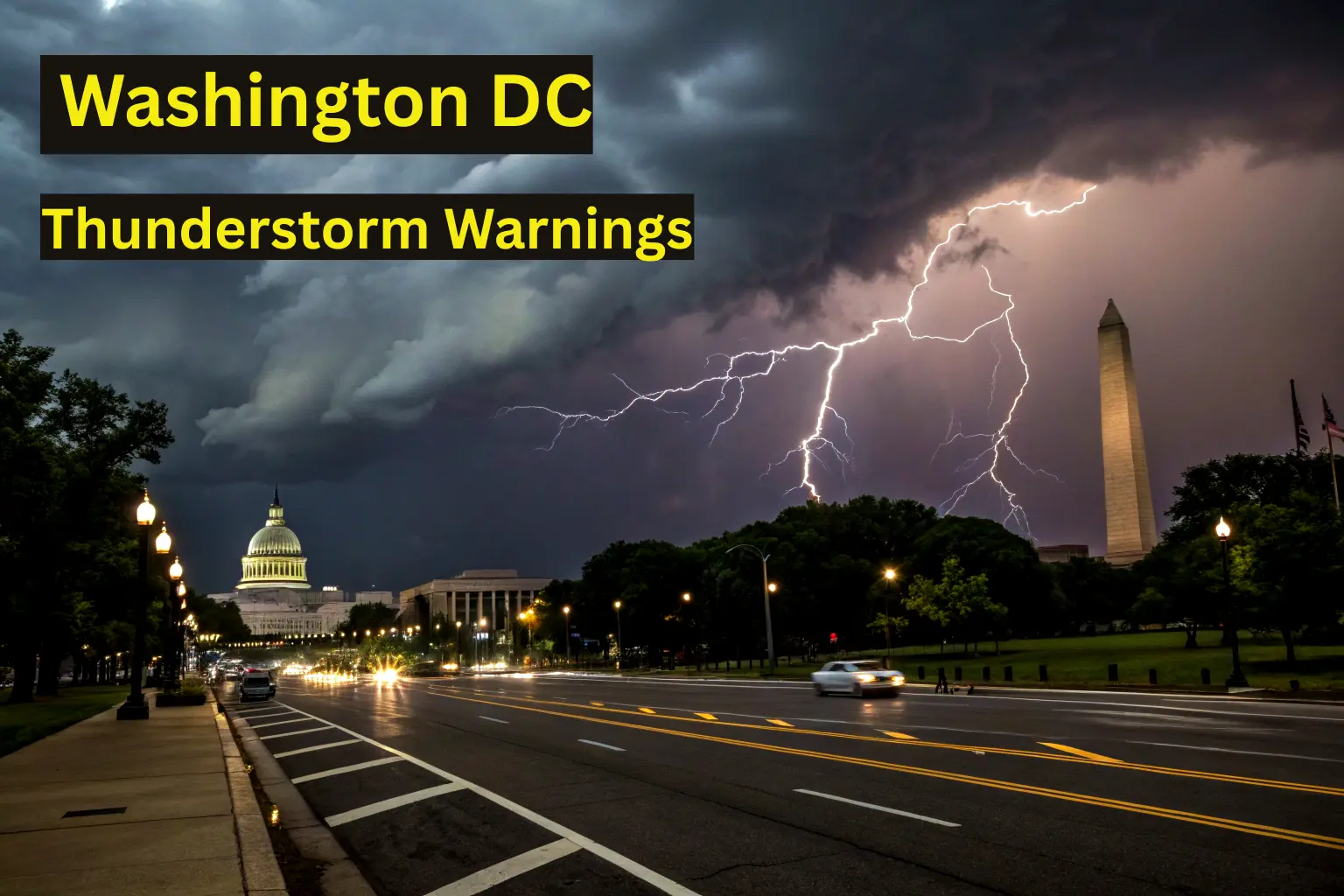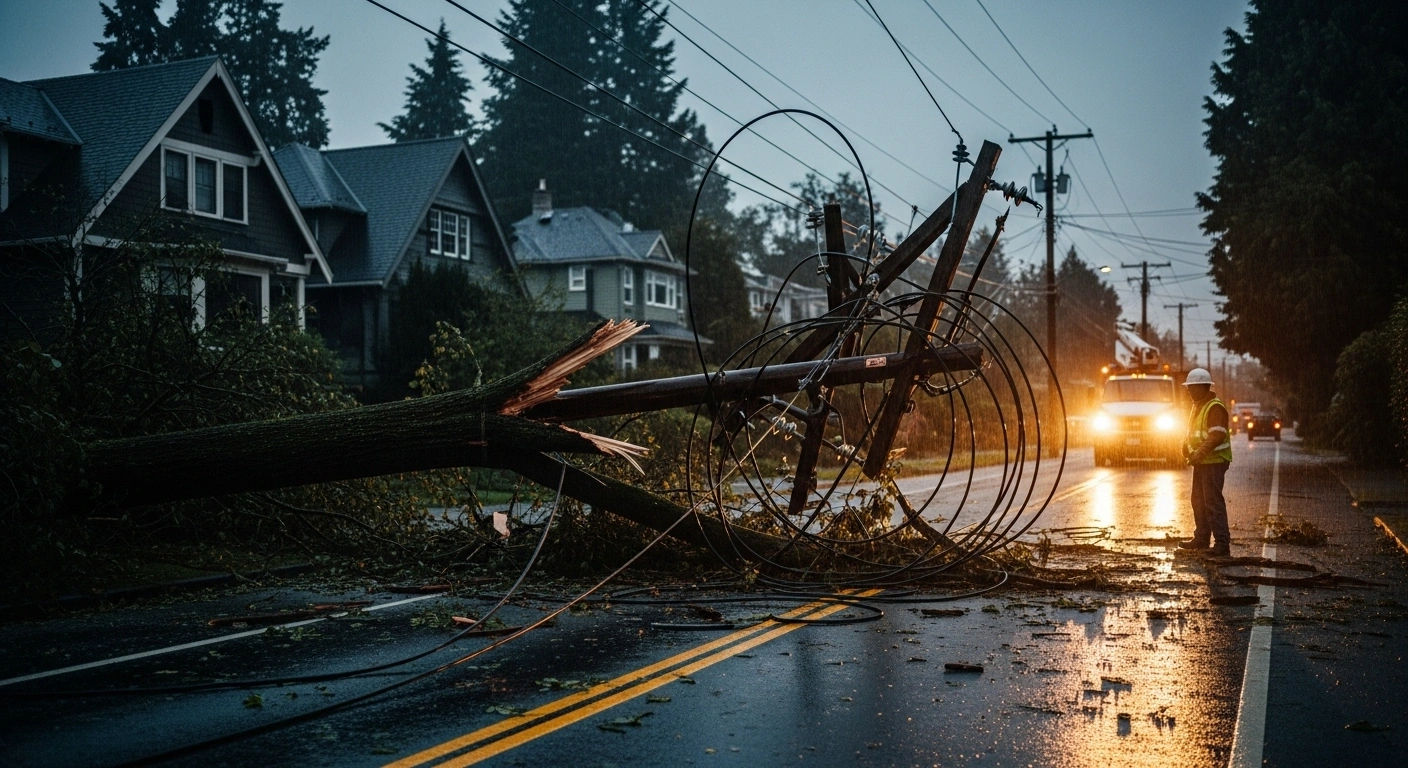Northeast Heat Wave Shatters Century-Old Records, Claims Lives, and Cripples Infrastructure
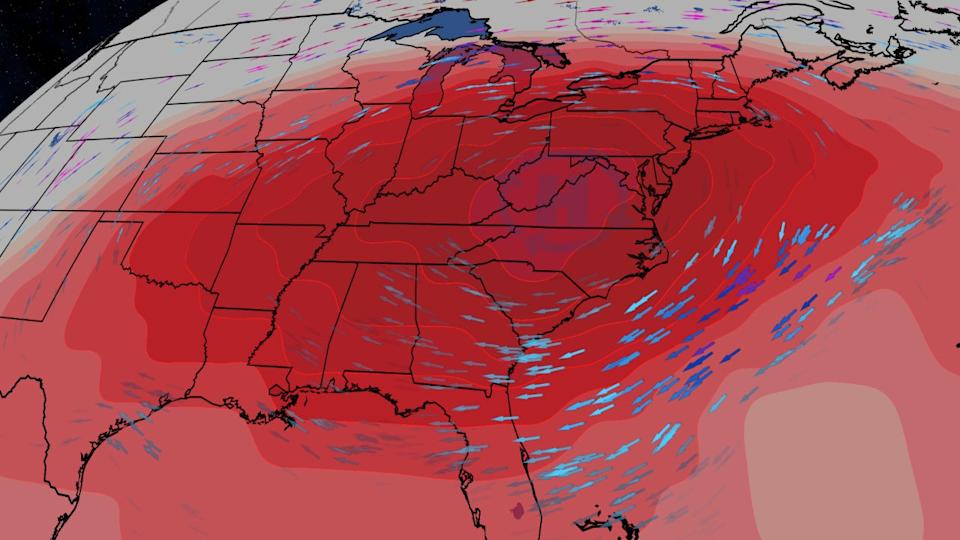
BOSTON – Sweat dripped onto the train’s silent control panel as passengers gasped for air. Outside, thermometers read 112°F, but inside Amtrak Car 3071, stalled deep in a Baltimore tunnel, the air grew thick and still. “I thought we’d suffocate,” said Marcus Reed, one of 189 passengers trapped for over an hour Monday without power or AC during the deadliest heat wave to hit the Northeast in decades .
Sweltering Cities: Records Fall Amid Triple-Digit Temperatures
As the heat dome tightened its grip Tuesday:
- New York City hit 100°F for the first time since 2012, with Central Park matching a 137-year-old record.
- Boston thermometers climbed to 102°F—just shy of its all-time June high—while asphalt bubbled on I-95.
- Philadelphia saw its first triple-digit June day since 1994, forcing schools to dismiss early.
“This heat isn’t just uncomfortable—it’s brutal and dangerous,” New York Mayor Eric Adams warned, activating emergency cooling centers as the city faced its first “extreme heat” alert of 2025.
The statistics tell only half the story. In Paterson, New Jersey, 16 people collapsed during a high school graduation at sun-baked Hinchliffe Stadium. Paramedics rushed attendees to hospitals as temperatures hit 101°F. “No shade, no breeze—just a concrete oven,” said attendee Rosa Mendes, whose mother required IV fluids.
Human Toll: From Tragedy to Desperation
The heat’s cruelty struck hardest in Central New York, where twin 6-year-old girls, Emma and Lily Peterson, died when a heat-weakened oak tree crushed their bedroom during a Monday night storm. Their neighbor, Jared Bowman, heard their mother’s screams: “She was yelling, ‘Get my kids out!’ while digging through rubble with bare hands.”
Meanwhile, infrastructure buckled under the strain:
- Roads in Missouri and Ohio ruptured violently, launching one car airborne.
- Over 100,000 homes lost power across six states as grids faltered.
- The National Park Service closed the Washington Monument, citing “imminent heat risk.”
Infrastructure Under Siege
Amtrak imposed emergency speed restrictions after rail temperatures hit 150°F—enough to warp tracks. But for passengers stranded in the Baltimore tunnel, the protocols came too late. “They handed out water, but we were cooking,” said Reed. “One woman passed out.”
Con Edison begged New Yorkers to avoid microwaves and dryers during peak hours. “The system is at breaking point,” warned spokesperson Sarah Chen as brownouts hit Queens.
Climate Change’s Fingerprints
This catastrophe bears human fingerprints, according to Climate Central scientists. Their analysis shows climate change made this heat wave 3-5 times more likely, impacting 174 million Americans.
“Heat domes this intense shouldn’t happen in June,” said climatologist Dr. Maya Torres. “But warmed oceans and altered jet streams are stacking the deck.”
Cities Scramble to Respond
Across the Northeast, officials launched unprecedented countermeasures:
- Boston opened pools until midnight and transformed libraries into 24-hour cooling centers.
- New York deployed mobile health units to check on homeless residents.
- Connecticut activated its “extreme hot weather protocol,” mandating utility companies suspend shutoffs.
Yet challenges mount. Cooling centers in the Bronx reported 300% overcapacity Tuesday. “We’re using hallways and cafeterias,” said Bronx Community Center director Luis Garcia.
Relief—and a Dire Warning
A cold front promises respite by Thursday, dropping temperatures 20 degrees. But epidemiologist Dr. Anika Patel cautions: “The real danger comes tonight. When temperatures stay above 75°F after sunset, bodies can’t recover.”
Her warning echoes through ERs already overwhelmed with heat-stroke cases. At Mass General, nurses described patients with organ failure and 107°F core temperatures. “They’re not just elderly or sick,” said ICU nurse Colin O’Reilly. “We’ve seen healthy 30-year-olds collapse.”
How to Stay Safe
Officials urge:
- Hydrate constantly, even if not thirsty.
- Avoid alcohol/caffeine—they accelerate dehydration.
- Check on elderly neighbors—especially those without AC.
- Recognize symptoms: Dizziness, nausea, and confusion signal heat exhaustion. Call 911 immediately.
As night falls with temperatures stubbornly at 85°F, the crisis continues. “This isn’t summer—it’s survival,” said Boston Mayor Michelle Wu, her shirt damp with sweat at a midnight cooling center visit.

